An impassioned chorus of “BLACK! LIVES! MATTER!” echoes out among the colonial-era buildings and modern office blocks of Adelaide’s CBD, a cry barely muffled by the face masks worn by the vast majority of the COVID-conscious crowd.
Watching over these masses are the statues of two explorers, a monarch, and a Federation-era statesman, all long-dead symbols of the building of modern South Australia. But, as we gather in the centre of a grid called ‘Adelaide’ imposed over Kaurna Yerta 180 years ago, we are reminded that the structural racism it was built upon is not consigned to history.
“The death of George Floyd has resurfaced a whole bunch of pain for my family and I,” Samara Fernandez-Brown tells the crowd. “And a whole bunch of fight!”
Fernandez-Brown speaks to the pain of losing her cousin Kumanjayi Walker, the 19-year-old Warlpiri man whose death in Yuendumu sparked nationwide protests in November 2019, and resulted in a Northern Territory police officer being charged with murder. COVID-19 has seen that trial pushed back to later this month, but the fact charges were even laid is itself a rare event.
“In Australia alone there have been 432 Aboriginal and Torres Strait Islander deaths, and not a single conviction,” she says, standing alongside the siblings of Wayne Fella Morrison, the family of Kingsley Dixon, and many others who have lost family members. “432 individuals, 432 families that are fucking hurting. And not a single conviction. If you’re not angry, then you’re not paying attention.
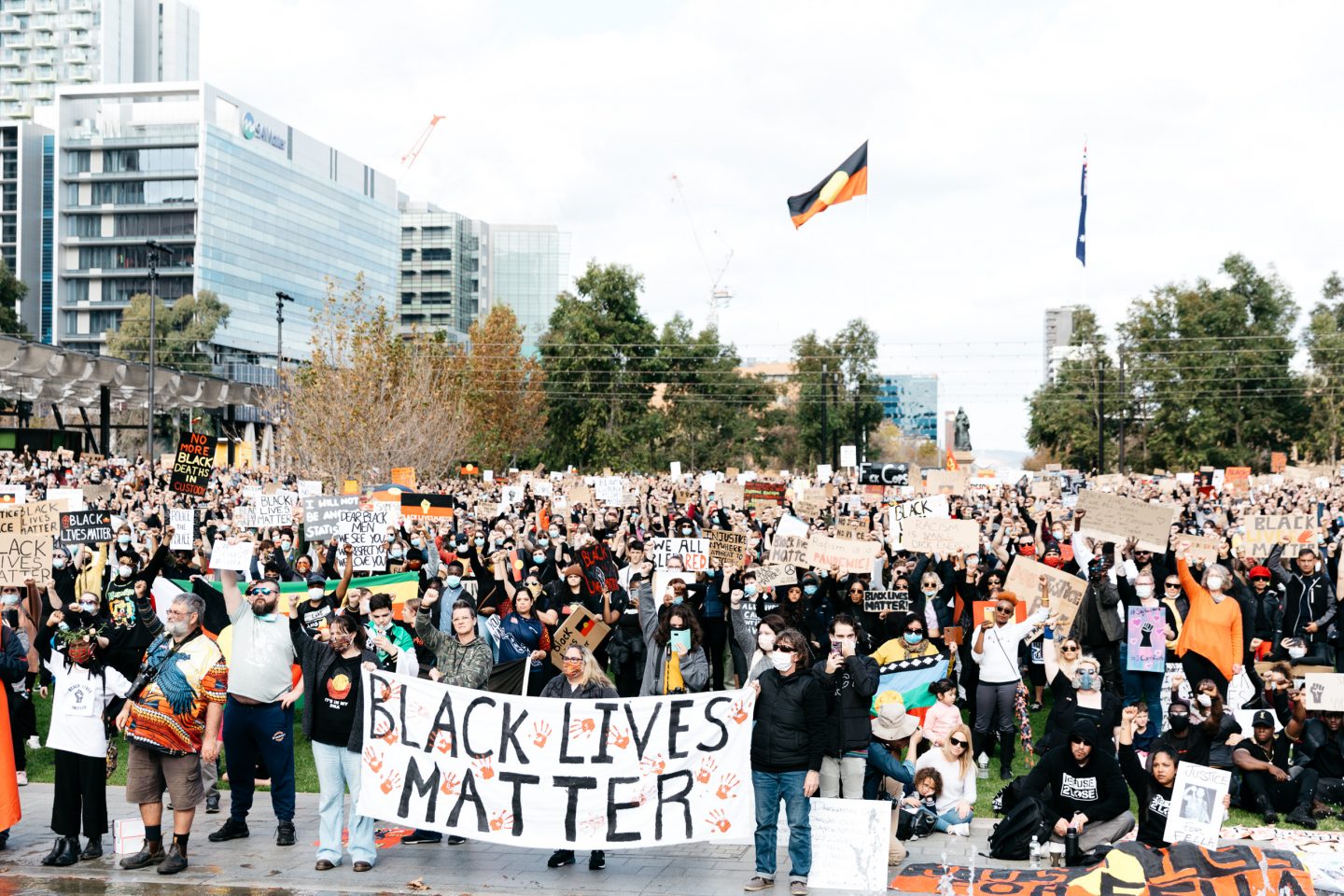 An estimated 6000 people attended the rally in Tarntanyangga/Victoria Square
An estimated 6000 people attended the rally in Tarntanyangga/Victoria Square
“When I succeed I’m Australian, but when I fail, I’m African,” says Gabriel Akon, a South Sudan-born rapper and activist. He’s one in a string of speakers of African descent, who have made their homes in Adelaide from Zimbabwe, Memphis and beyond, voicing solidarity with George Floyd and sharing their own experiences closer to home.
“I’ve been a survivor all my life, so I was surprised when I came to Australia, to find out I had to survive racism,” he tells the crowd, referencing his journey from a Kenyan refugee camp to country where young men like him encounter suspicion and exploitation by a media and political class that cynically fuels ‘gang’ narratives for commercial and electoral gain.
“We need to make this a fight for humanity,” he says. “This is not a ‘Black people’ thing – we didn’t invent racism. But who’s at the front fighting it all the time? Black people. But we can’t do this all alone. We need you.”
“All the children that are standing here today, they’ll remember this day,” Ngarrindjeri leader Major Moogy Sumner says hopefully, after beckoning the crowd to look up at the Aboriginal flag flying above Tarntanyangga/Victoria Square. He gives us a brief history lesson, of when a land rights rally in July 1971 saw Harold Thomas’ now-iconic black, yellow and red design hoisted into the air for the first time.
“If we can achieve something like that, putting our flag up there, to represent every Aboriginal person in this land, we can do this.
“I grew up on an Aboriginal reserve, where we had to get permission to go from A to B,” the 72-year-old recalls. “Now we can travel anywhere we want. So, why not travel with us?”
“I too was raised on a mission, Point Pearce mission,” rally co-organiser Natasha Wanganeen says as Sumner passes on the microphone. “In 1984, the year I was born, there was a Channel Nine news report, that said Australia has found a solution to the ‘Indigenous problem’: the solution was to put poison in our water, and eventually our men would become sterile and we’d breed ourselves out,” she says, referencing an infamous television interview with mining magnate Lang Hancock. “That was the year I was born. I almost didn’t make it, but thank the ancestors I did!”
Hancock’s comments were condemned at the time, but were broadcast nonetheless. Like the rhetoric of casual racial vilification we see from talking heads across Australia’s media landscape today, they help set the incredibly low bar by which other harmful views and policies become normalised. And while our current generation of mining magnates aren’t aren’t as overtly racist as Hancock, isn’t the goal – the wholesale exploitation of Country with often scant regard for its traditional owners – largely unchanged? Look at Juukan Gorge.
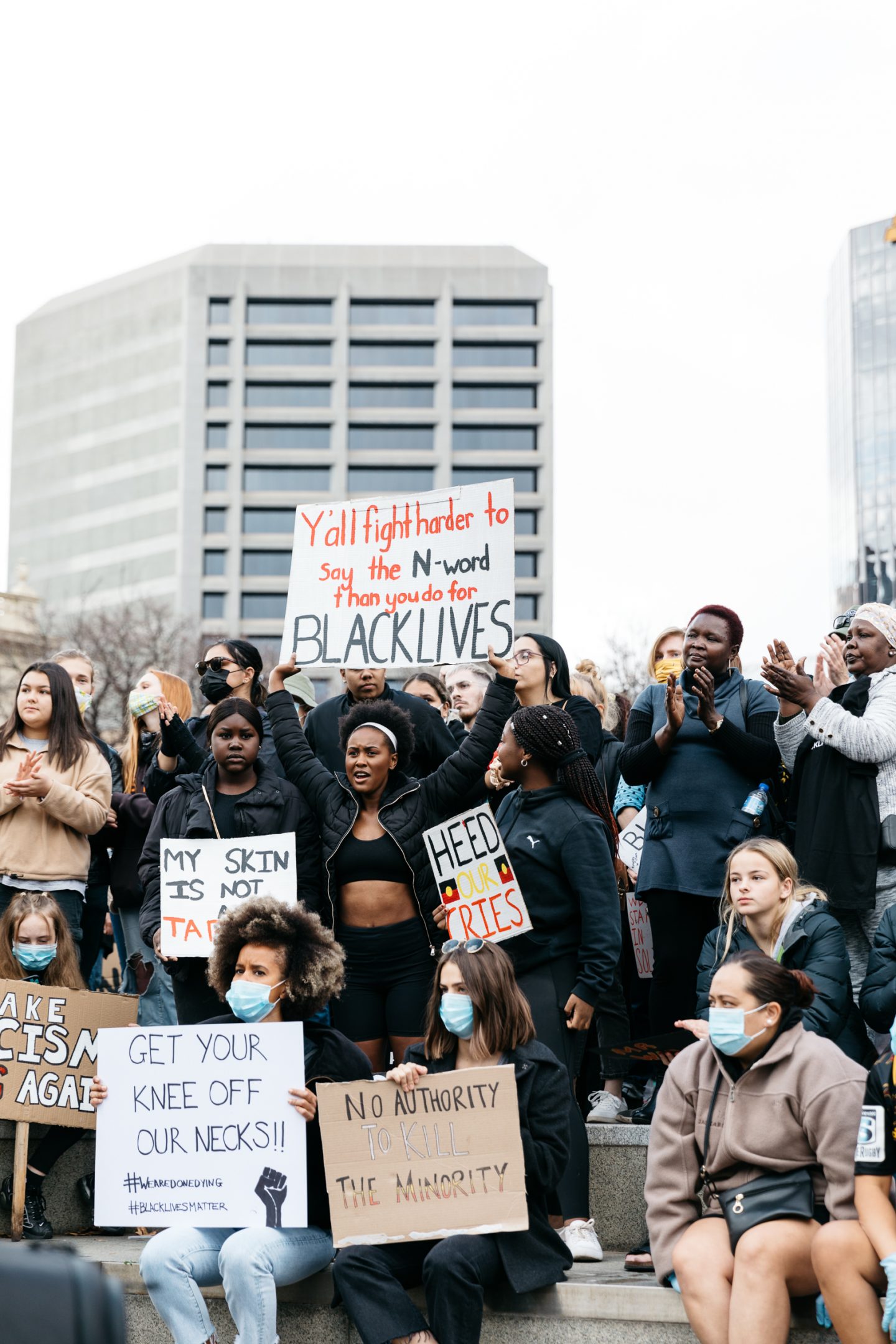 A fitting sentiment for a fortnight in which Australian media personalities and politicians paid fealty to retiring shock jock – and actual race riot inciter – Alan Jones
A fitting sentiment for a fortnight in which Australian media personalities and politicians paid fealty to retiring shock jock – and actual race riot inciter – Alan Jones
This is the first mass gathering the city has seen in recent months, and perhaps one of the most important in recent memory. While other Australian cities contemplated shutting down demonstrations, and in some cases saw instances of violent police action, SA Police’s exemption of the rally from restriction on mass gatherings allowed organisers to lead an orderly and respectful mass gathering – just like most rallies, really.
But the added tension of COVID-19 make this a historic moment in more ways than one. Comment sections twitched with frustration from some quarters, upset that Anzac Day marches – scheduled at the height of the pandemic – were cancelled, or bemused that different standards seem to apply to protests against deaths in custody, and football matches. News reports quoted the spouses of COVID-19 victims, who certainly deserve our sympathy, but stopped short of reflecting upon the acute understanding that Aboriginal and Torres Strait Islander peoples have of the deadly potential of introduced diseases.
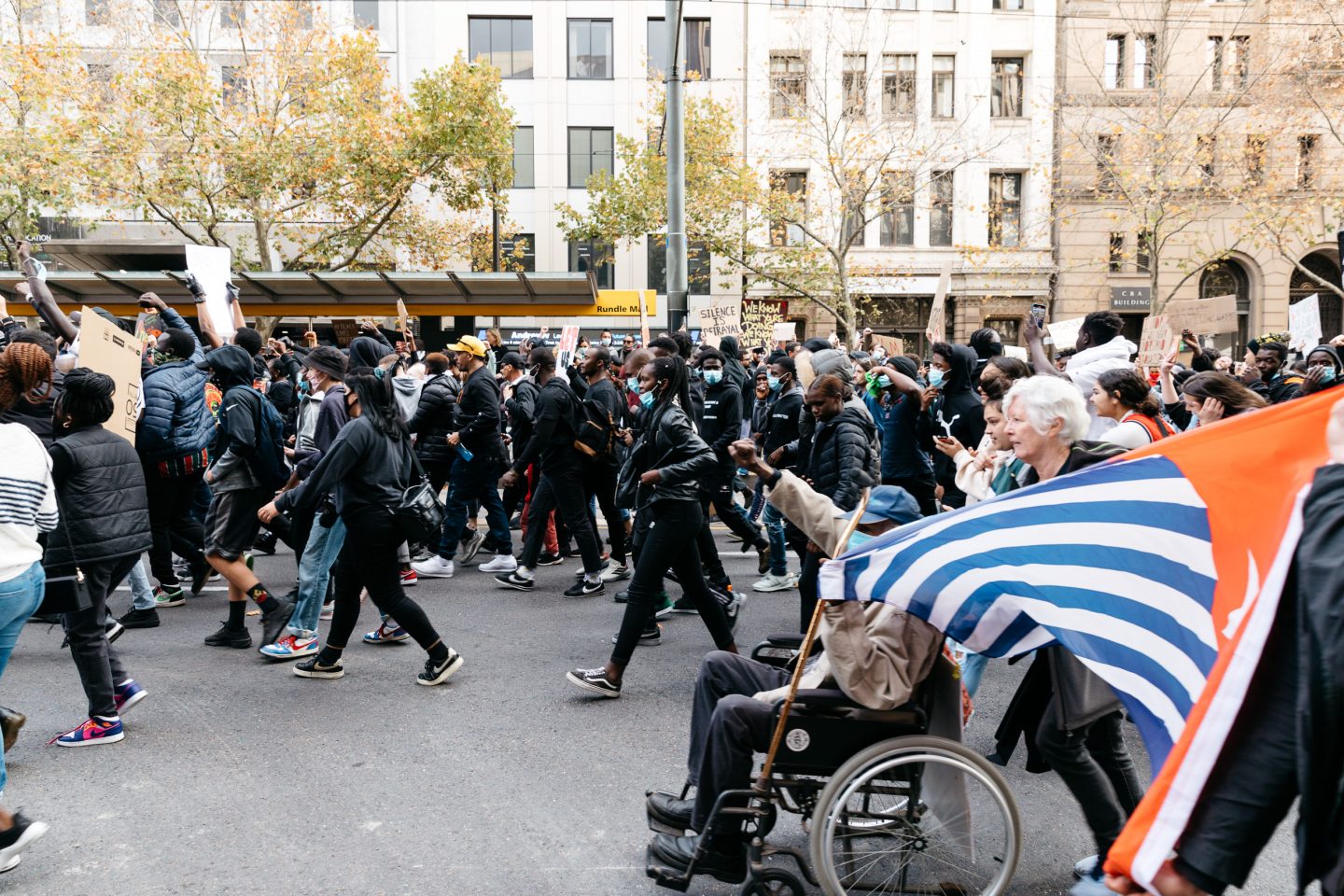 Marchers occupied both lanes of King William Street in a show of solidarity with US protestors and First Nations peoples
Marchers occupied both lanes of King William Street in a show of solidarity with US protestors and First Nations peoples
But today was an example of a broad community actively managing its own wellbeing and safety, largely clear of the input of government and its institutions. These very institutions, that despite mounting a better pandemic response than some jurisdictions, remain entwined with the structural forces that allow discriminatory and harmful outcomes like the ones we’ve heard today to persist.
We saw care, and compassion, and countless face masks handed out among strangers. We saw thousands of people from all manner of cultural backgrounds paying respect, listening and taking their lead from First Nations people. But it’s all symbolic without sustained action.
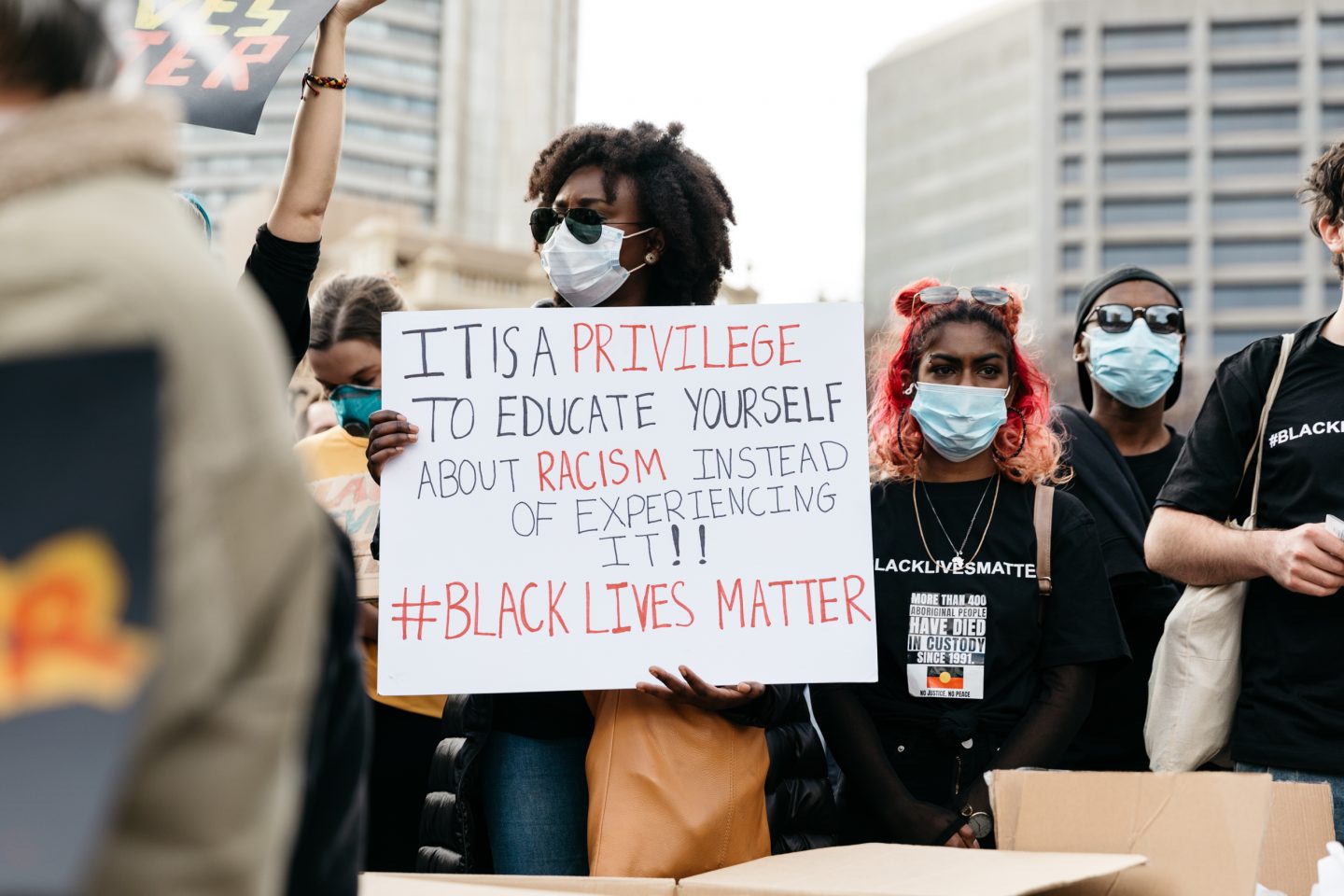
“Our ancestors and family fought so hard for us to be here, just to be standing on this soil,” Fernandez-Brown says to her fellow First Nations people. “They have faced unspeakable adversity, and we must honour them by continuing them this fight. It is now up to us to take up the baton, we must fight for the safety of our kids and our future generations.”
COVID-19 will pass, but the work of facing up to our history, the legacies we inherit, and what we will pass on, must continue. Long after Tarntanyangga/Victoria Square has emptied, we must remember the sound of Fernandez-Brown as she leads a call heard around the world, slightly altered to include the Warlpiri word for their people:
“Yapa lives matter,” she says. “Say it again: Yapa lives matter!”
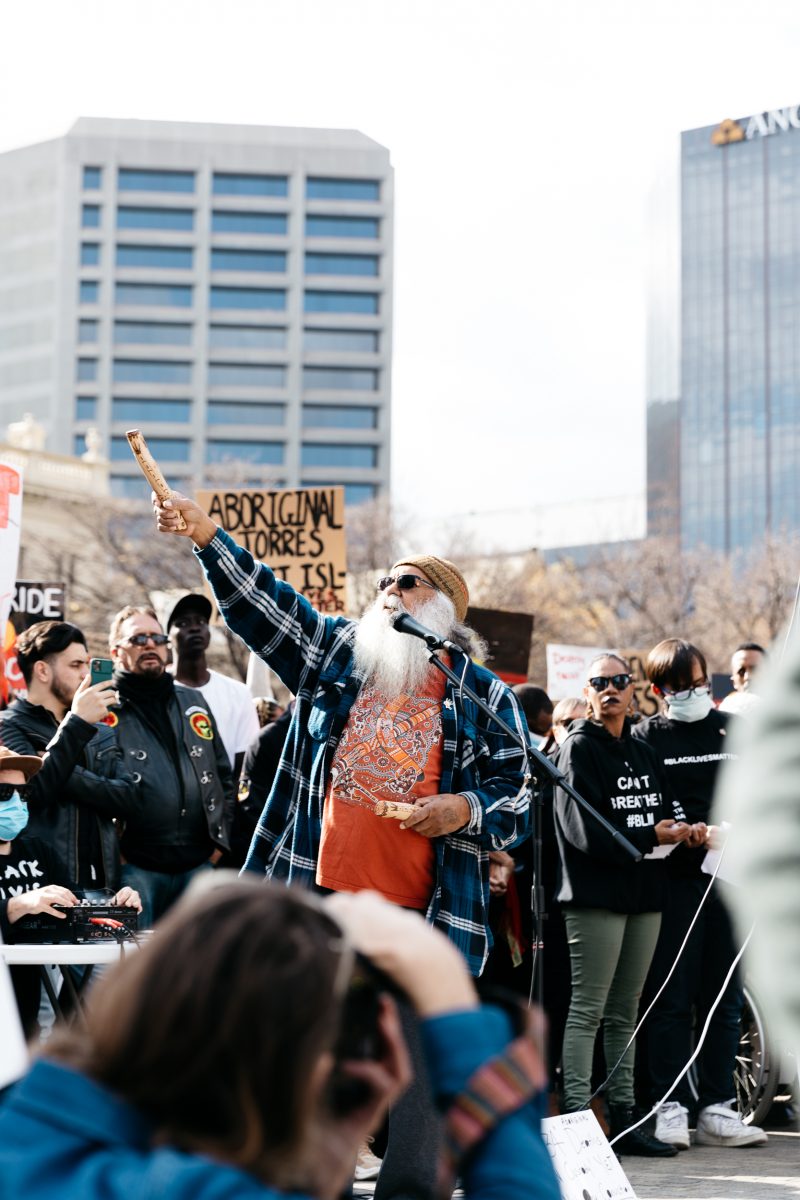
Sia Duff
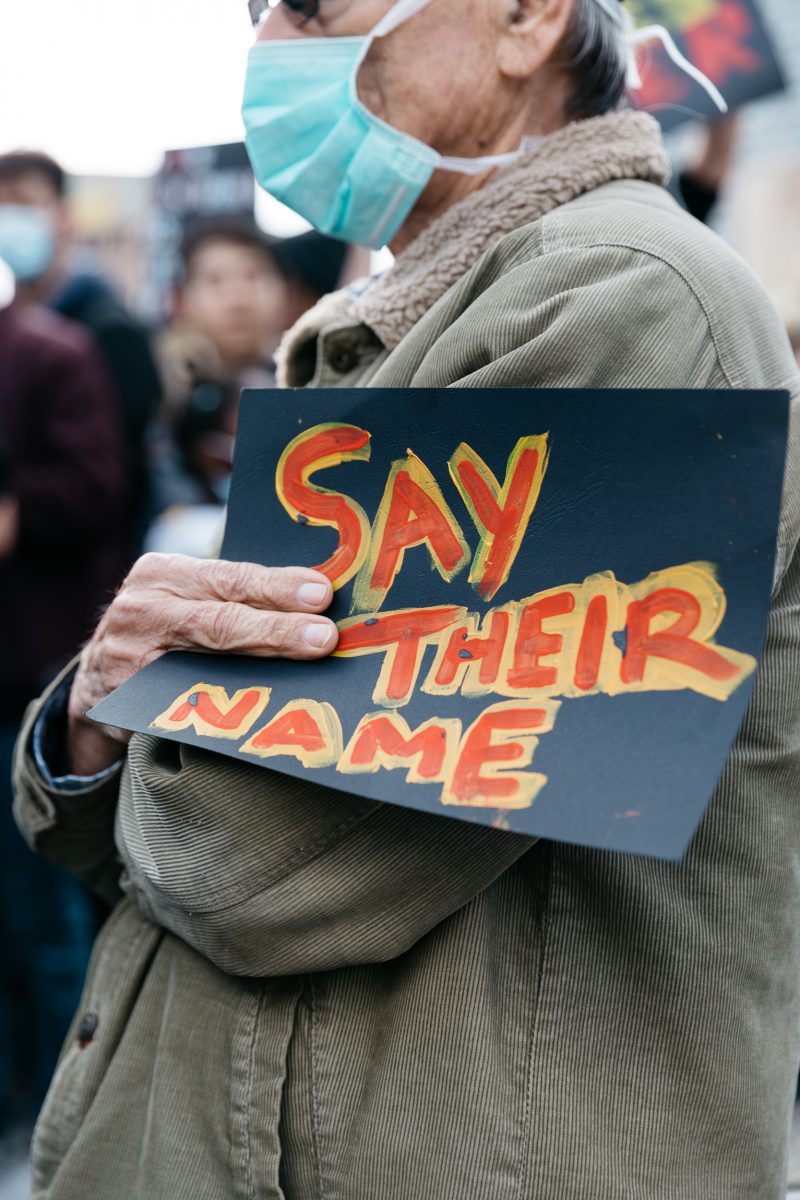
Sia Duff
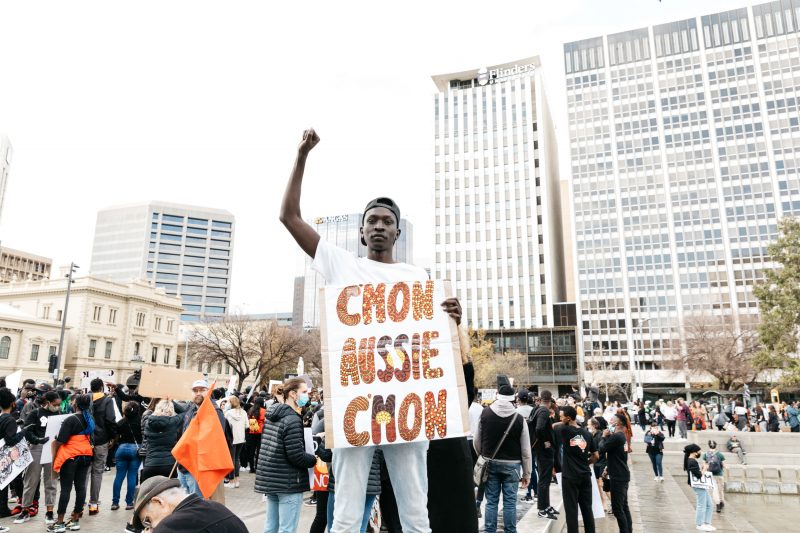
Sia Duff
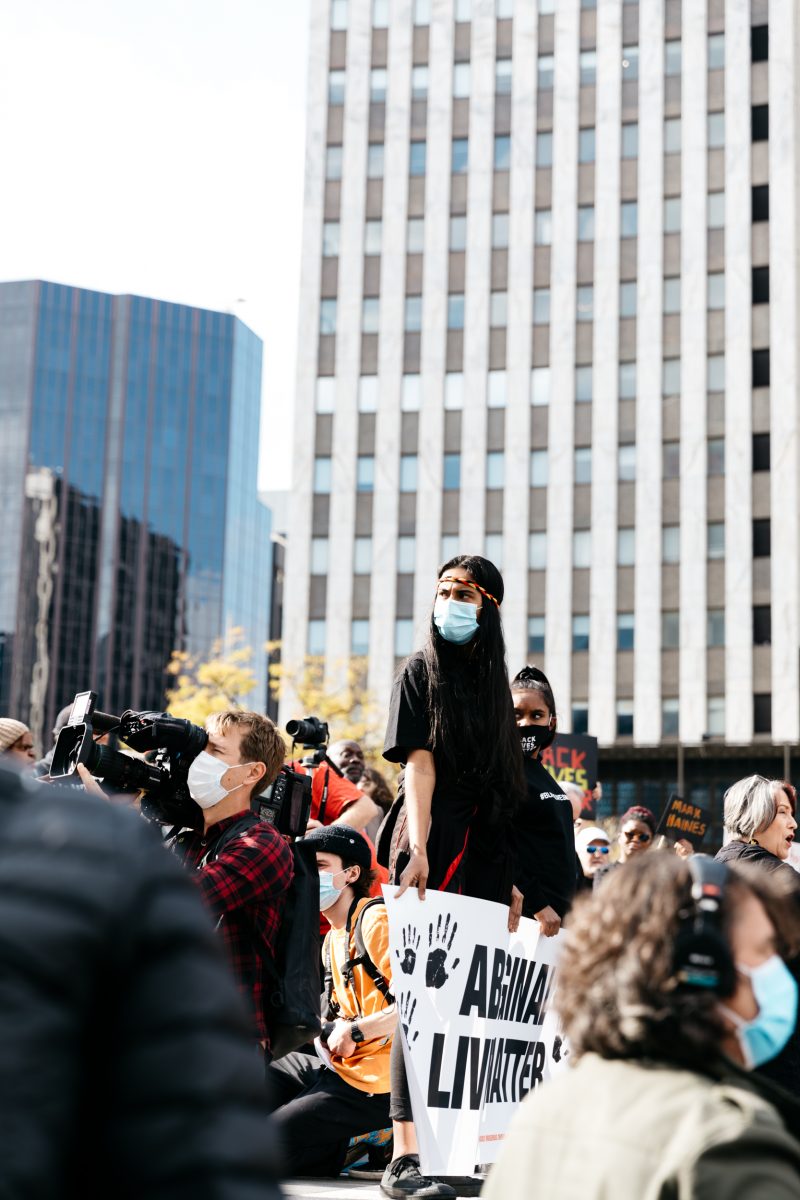
Sia Duff
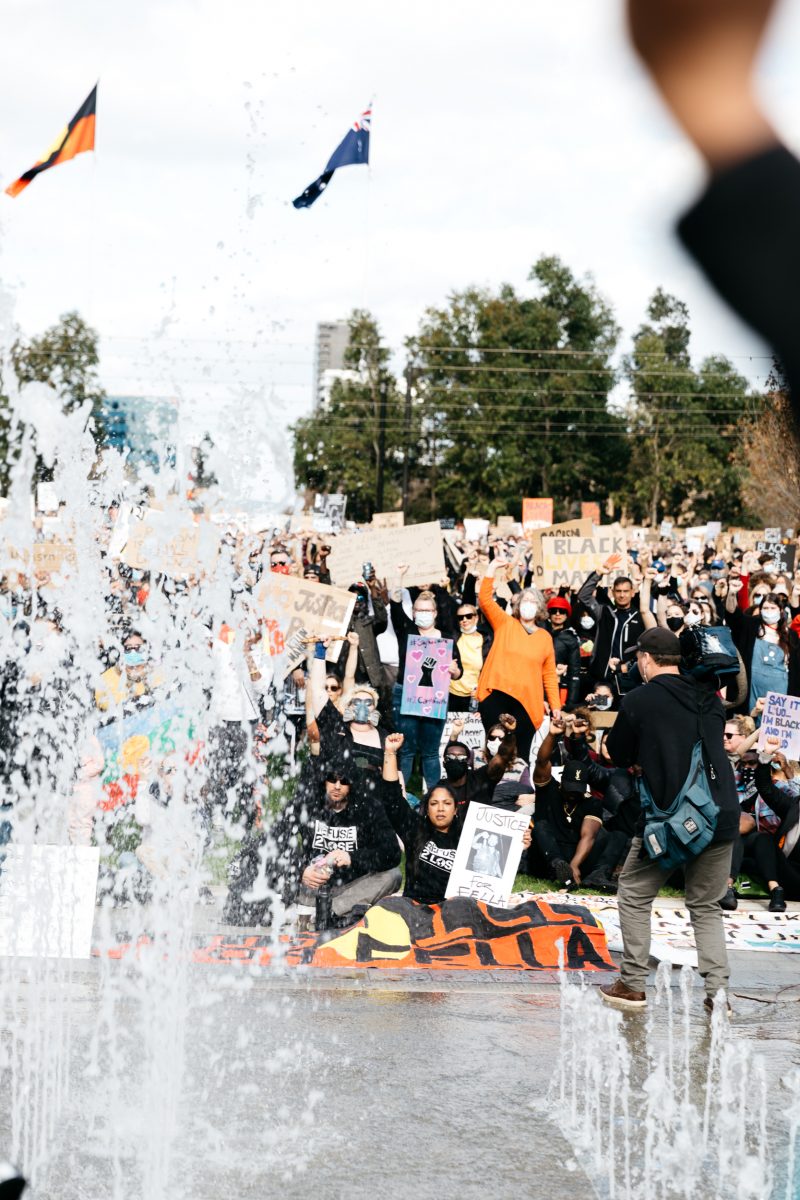
Sia Duff
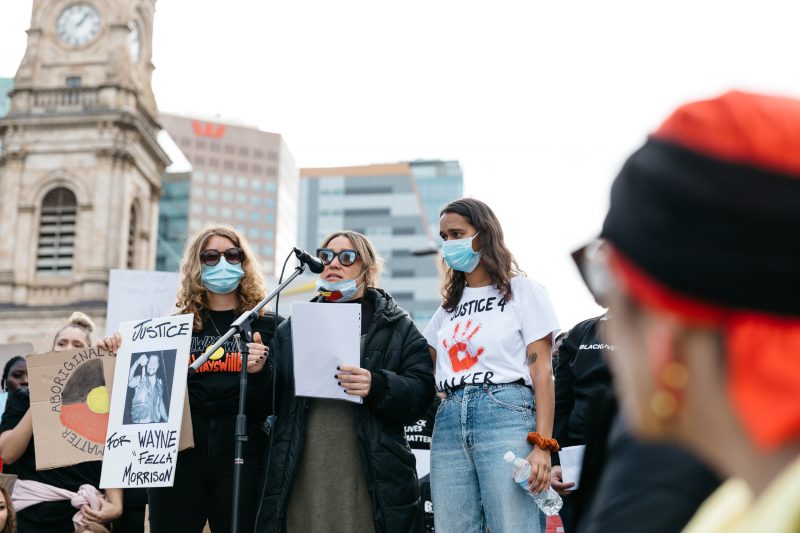
Sia Duff
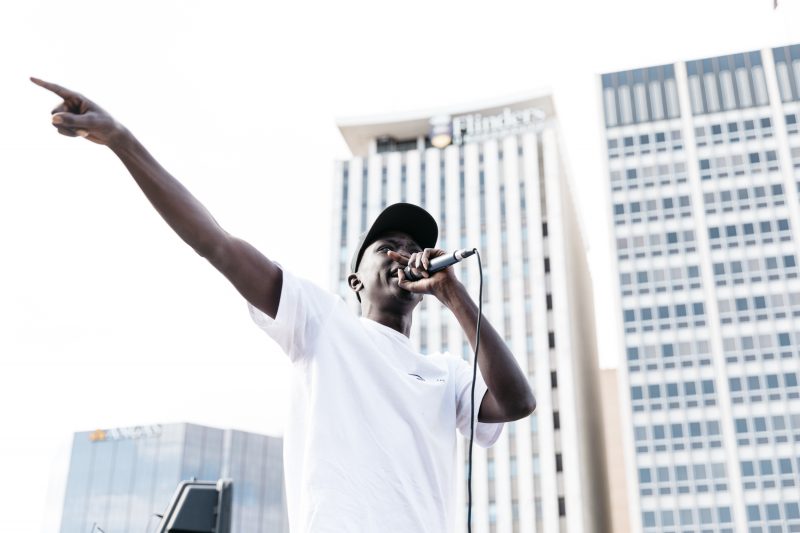
Sia Duff
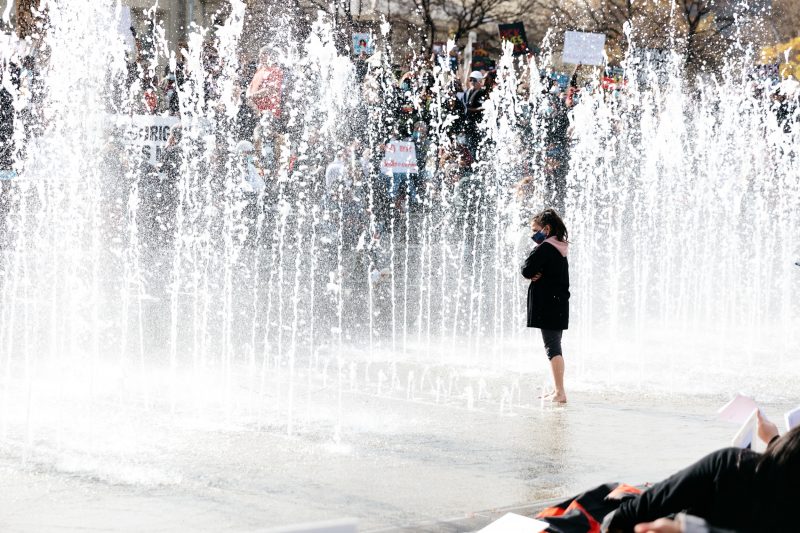
Sia Duff
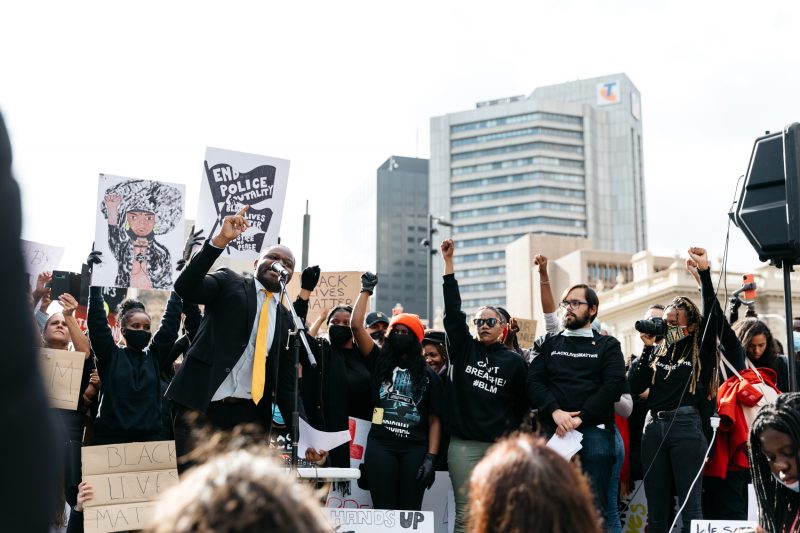
Sia Duff
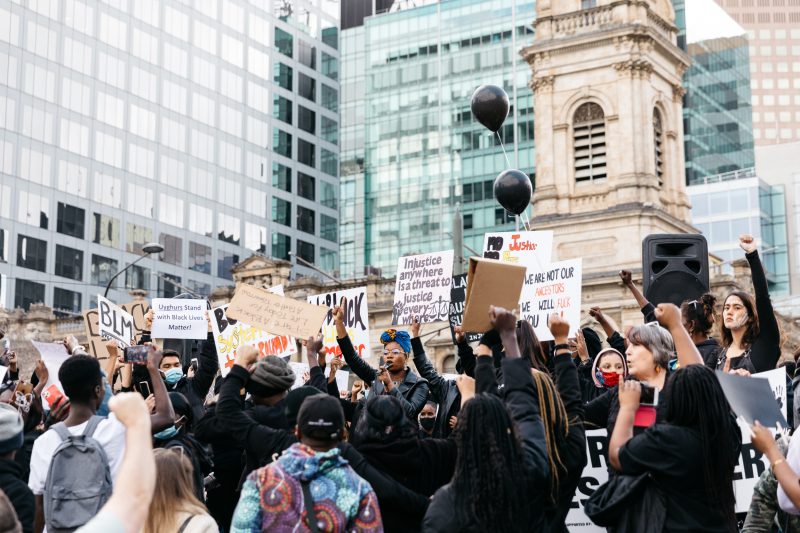
Sia Duff
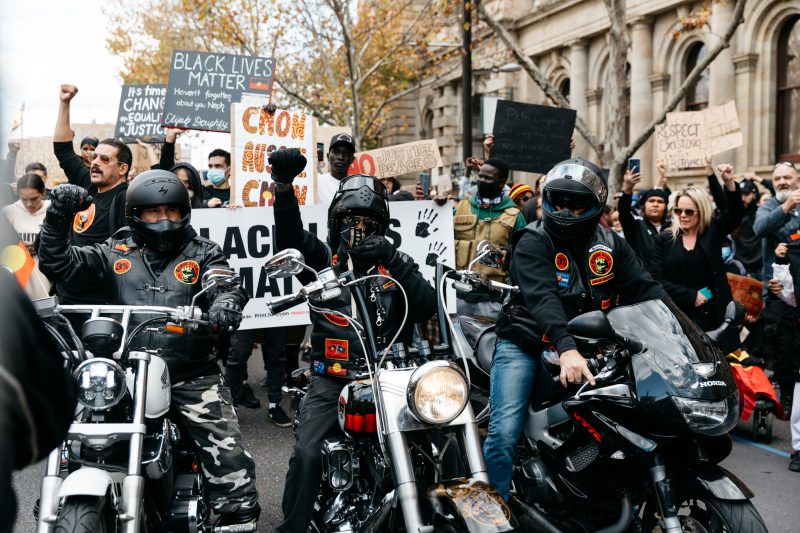
Sia Duff
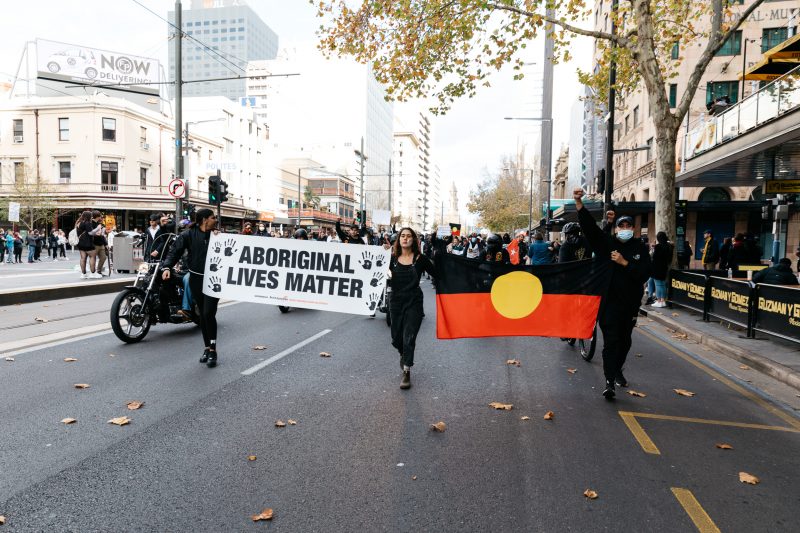
Sia Duff
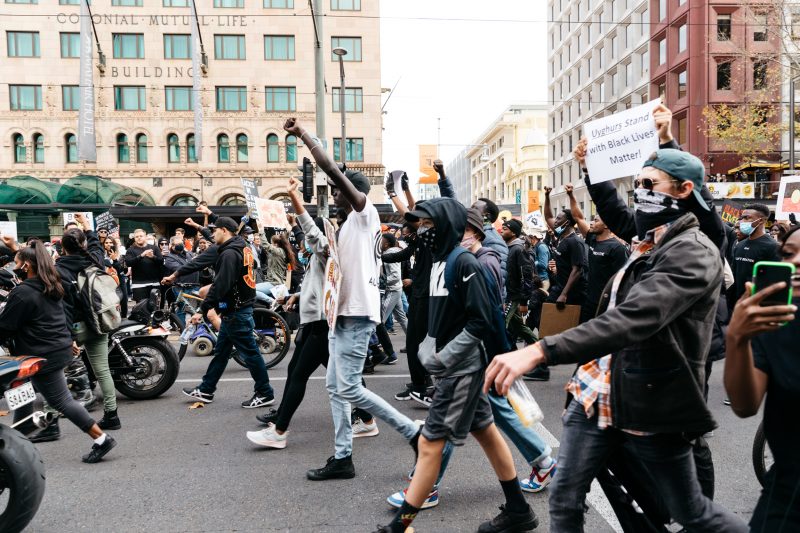
Sia Duff
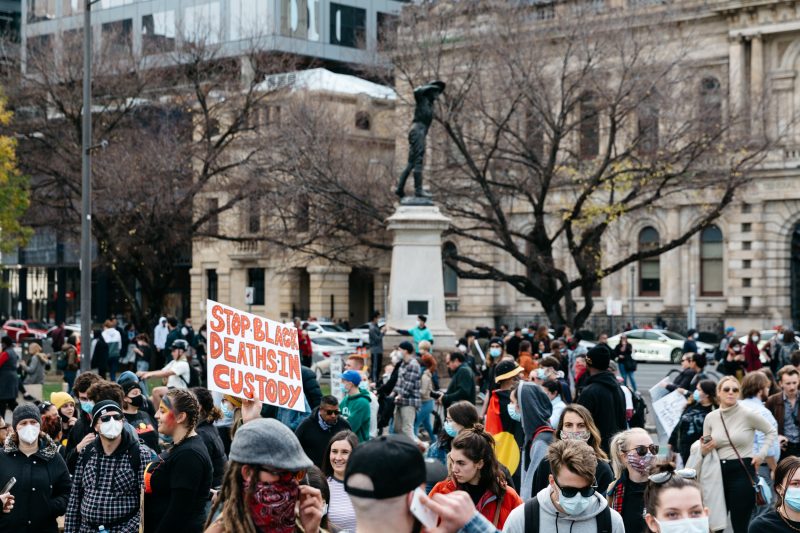
Sia Duff
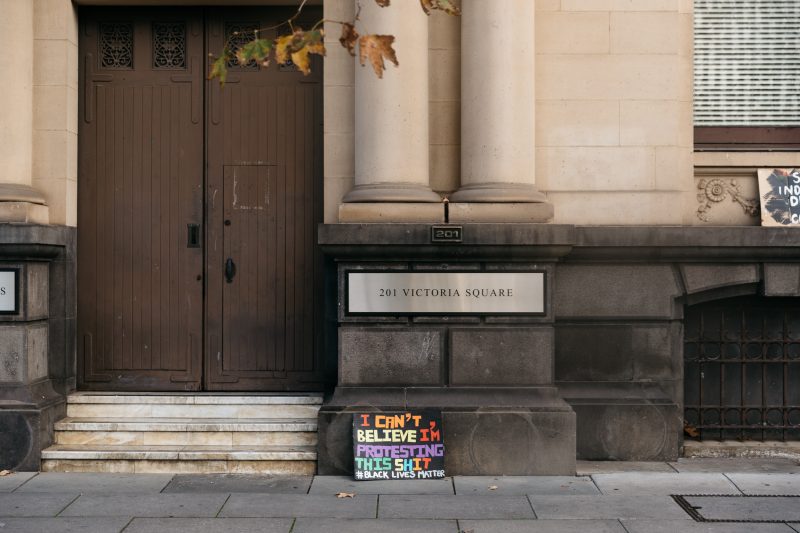
Sia Duff
Donate:
Walter is a writer and editor living on Kaurna Country.
Get the latest from The Adelaide Review in your inbox
Get the latest from The Adelaide Review in your inbox